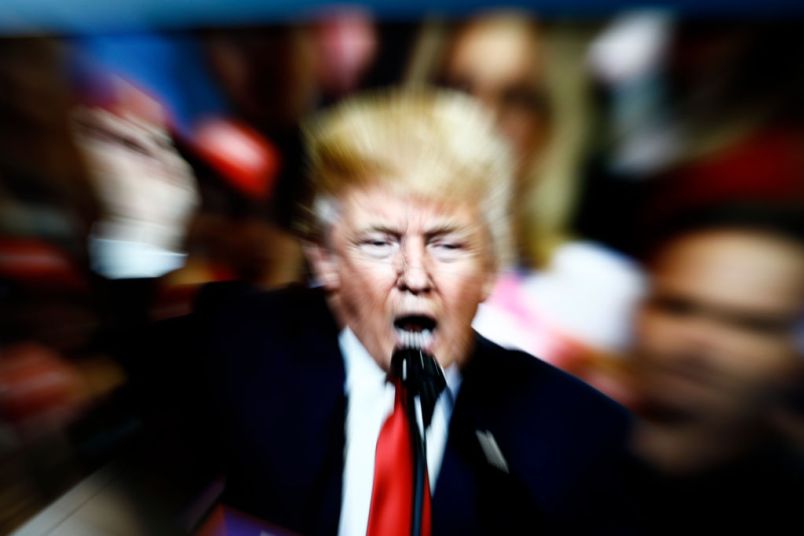One great theme of reportage on the Trump presidency is that it took Trump almost his entire term of office to learn how to make the federal government run to his purposes, to bend it to his will. He learned to ignore his cabinet secretaries and operate through the lesser-known officials with their hands on the levers of power. He found ways to exploit the maze of loopholes, workarounds and unenforceable laws which essentially allowed him to ignore Senate confirmation and oversight. This week Axios published a big report on how Trump and his top advisors are planning to use this knowledge in a second term to gut the federal bureaucracy and restock it with an army of Trump loyalists. In other words, in term one, Trump’s very ignorance and laziness provided a critical insulation against his worst instincts and most malicious goals. In term two he will hit the ground running knowing exactly what to do.
While accurate in many regards, this view of the man and the trajectory of his presidency misses the essence of it. What hides from most, almost in plain sight, is that Trump now rarely discusses any political agenda — even in the broadest, most guttural and least policy-oriented sense of the term. There is no agenda other than revenge and payback for the injustices and injuries he personally suffered in his first term: the Democrats, the RINOs, Mueller, the impeachments, the “fake news”, what he memorably calls “Russia, Russia, Russia,” “Big Tech.” Remember that “fake news” wasn’t part of Trump’s 2016 campaign argot. That was appropriated from the growing discourse of campaign misinformation he profited from and retrofitted for use against what he perceived as an unfriendly press. Grievance and payback have always been the central touchstones of Trumpism. But this is distinct. To appreciate his arc we have to go back to the beginnings of the Trump presidency.


 Members-Only Article
Members-Only Article
